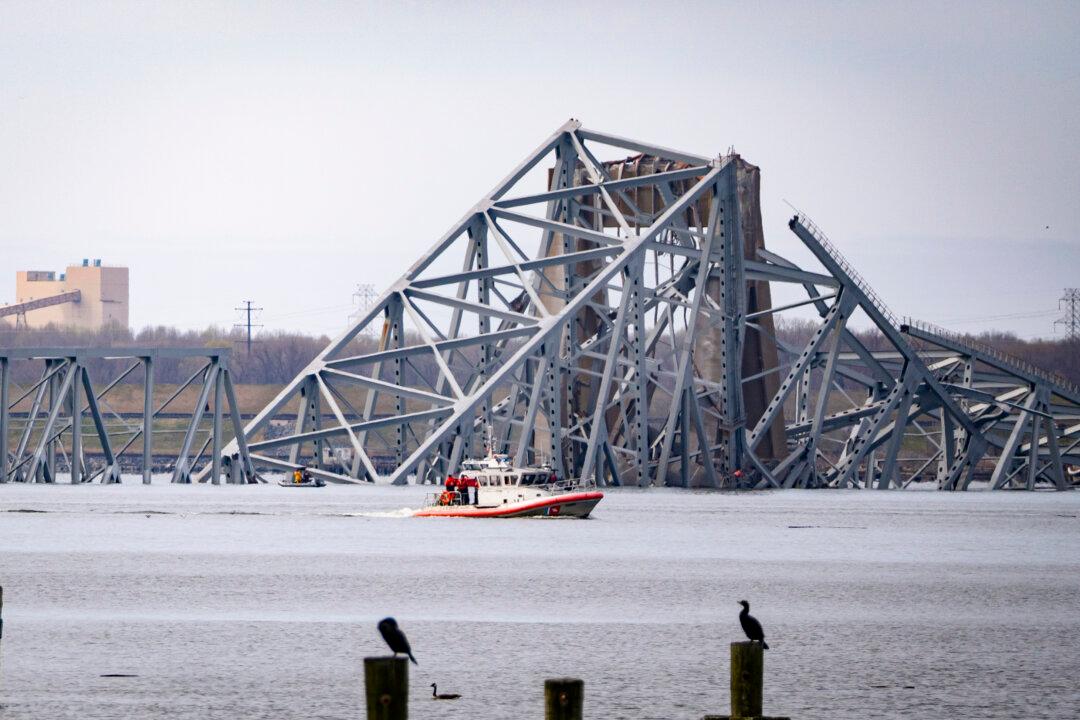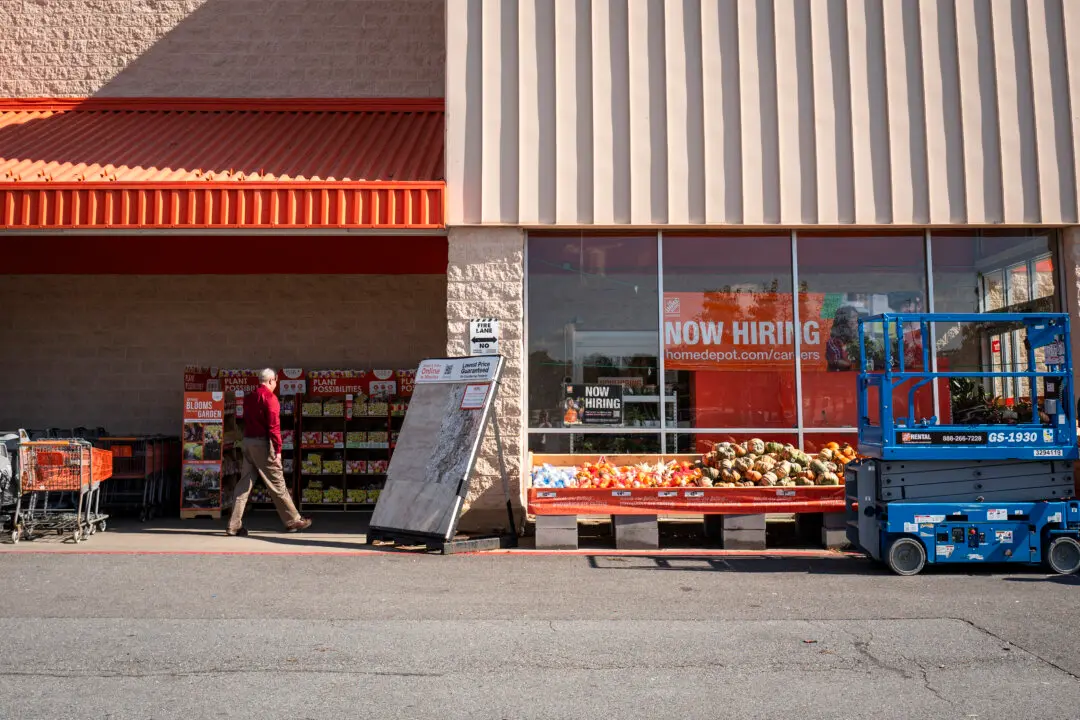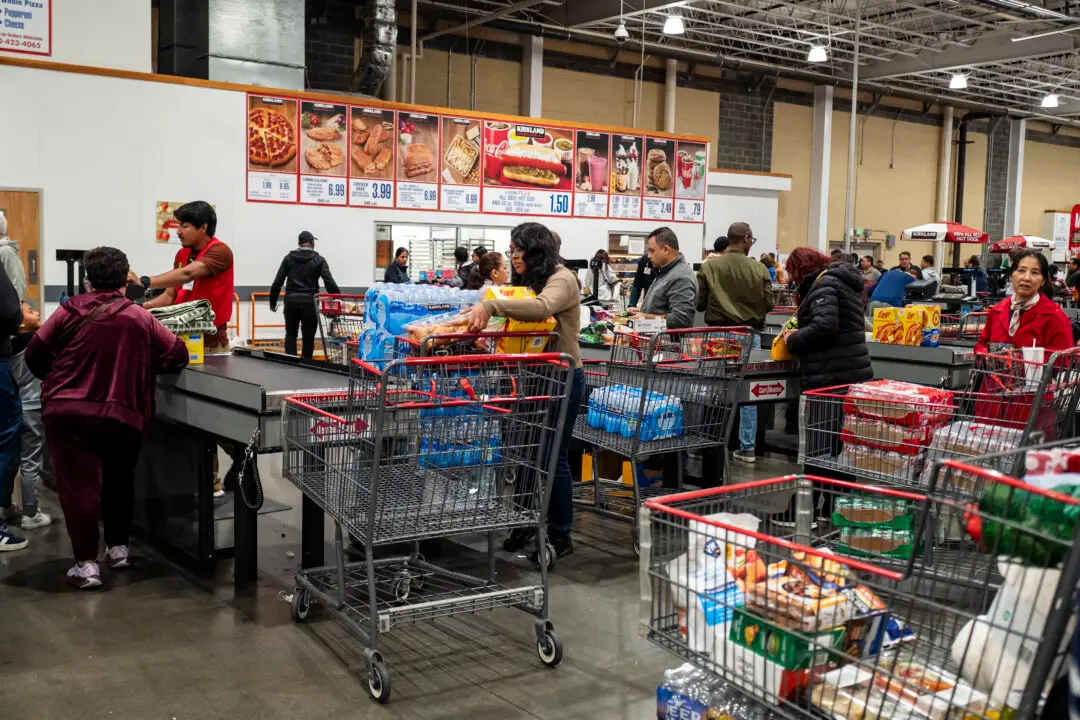The Francis Scott Key Bridge disaster at the Port of Baltimore is expected to produce a ripple effect for both the local and national economy—from supply chain disruptions to potential inflationary pressures.
As officials and experts examine the fallout after a cargo ship struck the bridge on March 26, causing its collapse, experts are debating how a closed Baltimore port could affect trade flows.





